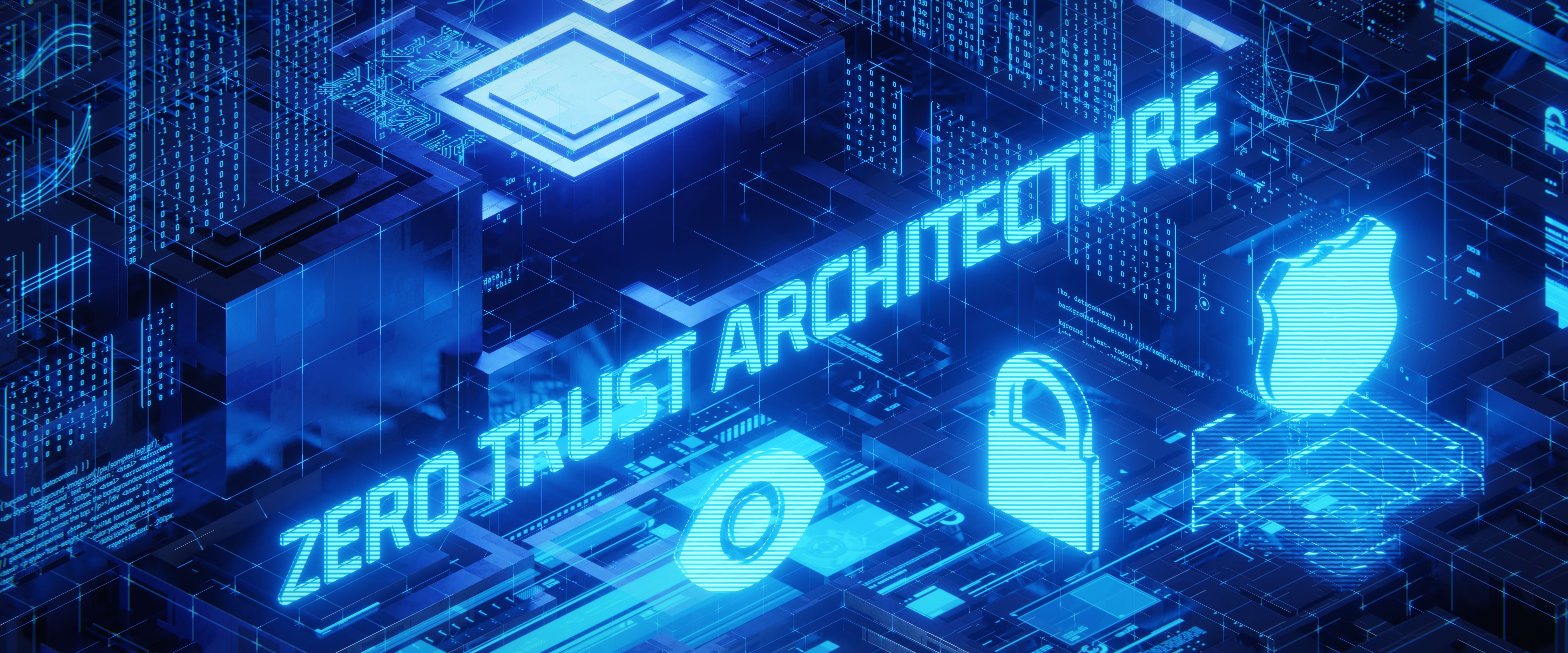“Digital World is Vulnerable” – Yes!! you read it correctly, The Digital World is vulnerable.
In today’s interconnected digital landscape, vulnerabilities abound, making robust security measures essential. Did you know that the digital world is vulnerable? In an era where the digital world offers unprecedented connectivity and convenience, it is inherently susceptible to numerous threats such as cybersecurity breaches, data breaches, identity theft, and malicious software attacks.
As part of our blog series focusing on 5G security, we delve into recent security trends, technologies, best practices, and tips tailored to the dynamic era of 5G technology. Welcome to my inaugural security blog, where we embark on a journey through the intricacies of cybersecurity within 5G networks.
As we harness the potential of 5G to enable transformative experiences in augmented reality, virtual reality, self-driving cars, and smart cities, a steadfast commitment to security is paramount for fostering a risk-free collaborative ecosystem between operators and developers.
Recent cyberattacks, such as the 1.6 million bot attacks per minute witnessed during the G20 Summit in September 2023, underscore the importance of robust security measures.
While 5G is designed with enhanced security features, its deployment amidst a constantly evolving threat landscape poses a challenge. Securing Network APIs is imperative to safeguard sensitive information, ensure communication integrity, and prevent unauthorized access, particularly in this advanced network technology era.
The adoption of cloud-native architecture and the rise of edge computing offer flexibility but also introduce complexities, demanding new skill sets from vendors and service providers. This complexity heightens the risk of errors and misconfigurations, amplifying vulnerabilities in virtualization, cloud services, and network slicing, which could potentially allow unauthorized access to critical resources.
In an interconnected world, ensuring robust security measures is an ongoing challenge. Reducing the attack surface is crucial, aiming to minimize opportunities for malicious actors to exploit vulnerabilities and gain unauthorized access to systems.
The Zero Trust principle advocates against blind trust, emphasizing continuous validation from both internal and external sources. Zero Trust Network Access (ZTNA) ensures access to telecom network APIs is granted based on continuous authentication, user identity verification, and contextual factors, removing implicit trust and allowing only authorized users access regardless of location or network environment.
Key pillars of Zero Trust architecture include:
- Identity and Access Management (IAM): It is critical to implement a zero-trust security framework, which challenges the traditional notion of trusting entities based on whether they are inside or outside the corporate network. In a zero-trust model, trust is never assumed, and anyone attempting to access resources, regardless of location or network connection, must provide verification.
- Least Privilege: Mandates users have only the minimum access required, reducing potential damage in the event of a breach and dynamically adjusting access based on context.
- Continuous Monitoring and Authentication: This quickly identifies suspicious activities and unauthorized access attempts, allowing organizations to adapt security measures dynamically.
- Micro-Segmentation: This minimizes the attack surface by dividing the network into small, isolated segments with strict access controls, limiting lateral movement within the network.
- Multi-Factor Authentication (MFA): MFA and password-less login, form a robust authentication framework, minimizing the risk of unauthorized access.
- Kernel Hardening: This method is known to secure the core of the operating system to minimize vulnerabilities and protect against various types of attacks.
In conclusion, by integrating these key pillars, organizations can establish a zero-trust security model that is adaptive, resilient, and effective against evolving cybersecurity threats. Committed to upholding rigorous security standards aligned with the principles of Zero Trust architecture, Ngage CNPaaS continues to lead the way in combating threats against 5G networks. Stay tuned for more blog posts exploring the intersection of cybersecurity and the advancements brought about by 5G technology. In our next blog, we will cover prevention techniques in zero-trust security.






